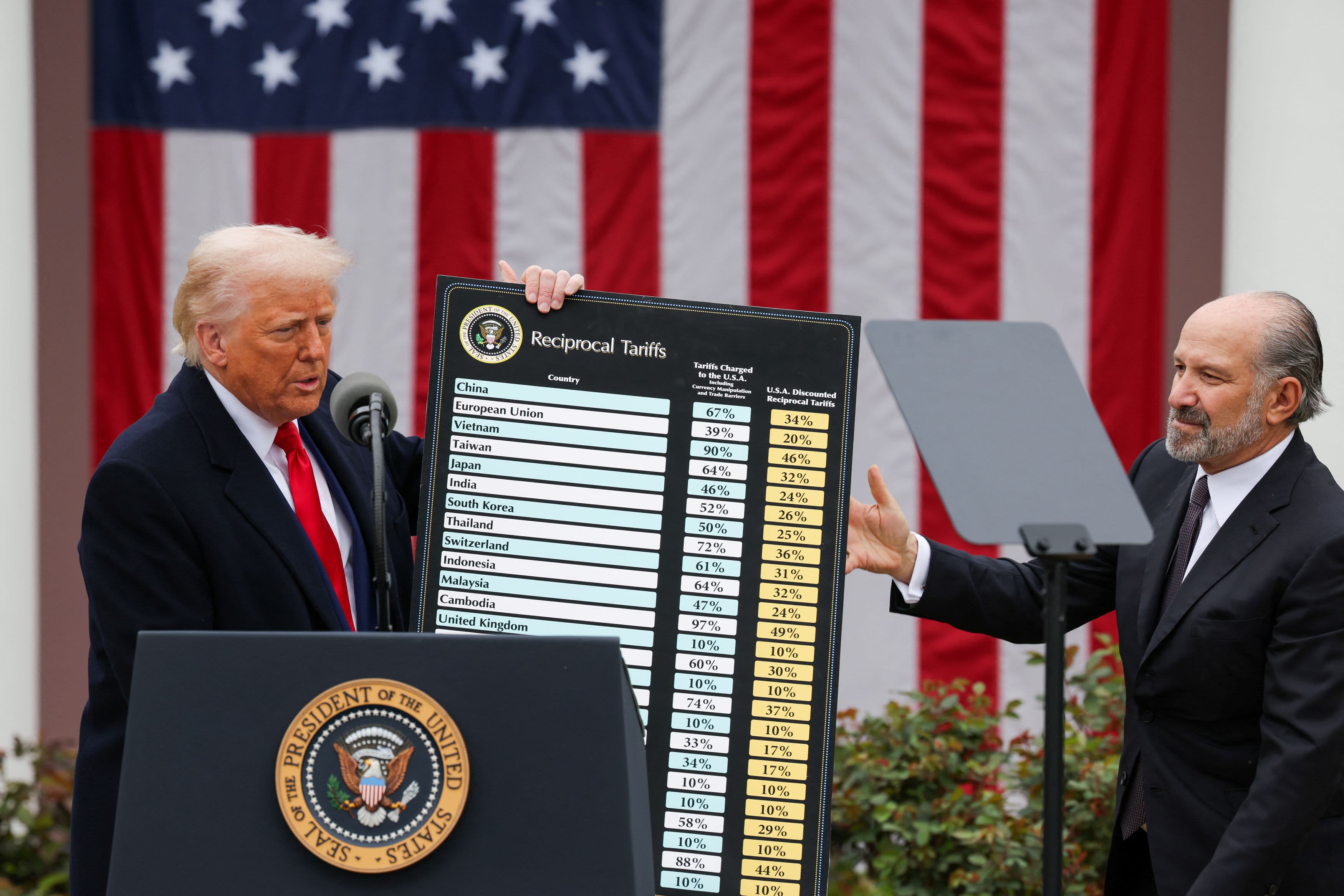What’s new US 25% tarrif?
Imagine walking into a dealership and finding your dream car suddenly $5,000+ more expensive. Well that’s not inflation but it’s the effect of import tariffs.
The U.S. government proposed a 25% tariff on imported auto parts in June 2025. A move that can reshape the entire car industry around the world.
But why are they doing this? And how does it impact car buyers, automakers, and even other countries like France, India, Germany and many more?
Let’s understand this step by step.
What are these new Tariffs all about?
A tariff is like a tax imposed on goods brought in from another country. In this case, the U.S. wants to tax foreign-made auto parts, from electronics to engine components.
The strategy behind this tarrif war is to push automakers to manufacture more parts in America and reduce dependency on countries like China, India, Germany, France etc.
However, the auto industry runs on global supply chains, where parts come from multiple countries. These new tariffs could disrupt the entire system.
Who will be hit the hardest?
• Global Automakers: Toyota, Hyundai, Honda, and even U.S. brands like Ford and GM rely on imported parts. These tariffs could increase their production costs by up to 20%.
• Car Buyers in the U.S.: Industry experts say car prices could rise 10%–15%, with some premium models going even higher.
• The Auto Supply Chain: Thousands of small suppliers—both American and foreign—may struggle to adapt.
Cox Automotive recently downgraded its U.S. car sales forecast for 2025 from 16.3 million to 15.7 million units due to rising costs and market uncertainty.
What about employment in the U.S.?
This is the heart of the debate. Supporters of tariffs say:
“These moves will protect American manufacturing jobs.”
But critics argue:
“If production slows down or shifts to more expensive options, thousands of auto jobs could still be lost.”
Ironically, even Lotus announced the closure of its UK plant, citing supply chain and investment concerns linked to U.S. trade policies.
Impact on Global Markets
This tariff drama may open both challenges and opportunities:
• Auto parts suppliers globally may see demand rise as companies look to diversify away from China.
• But if global production slows down, even Indian and other country exports may suffer.
• EV and hybrid component makers here will be watching the U.S. response very closely.




Leave a Reply